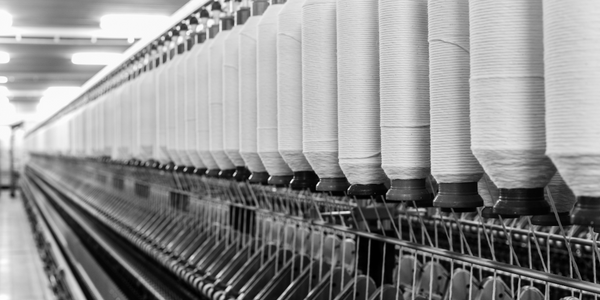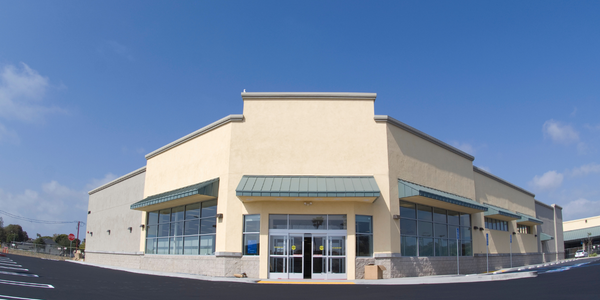公司规模
Large Corporate
国家
- Worldwide
产品
- Blue Yonder’s sales and operations planning (S&OP) solution
技术栈
- Cloud
实施规模
- Enterprise-wide Deployment
影响指标
- Environmental Impact Reduction
- Productivity Improvements
技术
- 平台即服务 (PaaS) - 应用开发平台
适用行业
- 服装
用例
- 供应链可见性(SCV)
服务
- 云规划/设计/实施服务
关于客户
兰精集团是全球时尚行业领先的高品质植物纤维素纤维供应商。该公司致力于可持续发展,旨在最大限度地减少对环境的影响。兰精通过减少废物、减少排放、纤维回收和其他做法来实现可持续发展。该公司致力于到 2050 年实现碳中和,并致力于最大限度地减少整个价值链的负面影响。兰精对可持续发展的承诺体现在其努力提高端到端透明度、更快地响应异常情况、最大限度地减少环境影响和改善协作方面。
挑战
兰精集团是全球时尚行业的优质植物纤维素纤维供应商,致力于可持续发展。时尚行业占全球碳排放量的 10%,占全球废水排放量的 20%。兰精的目标是尽量减少对环境的影响,到 2050 年实现碳中和。然而,该公司缺乏实现这一目标的透明度。五年前,兰精正努力应对 Excel 规划电子表格不受控制的传播。缺乏透明度和一致性是一个重大问题,尤其是在分散、庞大、延伸的时尚供应链中。当条件发生变化时,兰精需要三到四个月的时间才能做出反应,导致过度生产造成的浪费等重大环境影响。
解决方案
兰精实施了 Blue Yonder 的销售和运营规划 (S&OP) 解决方案,使公司能够采取无边界方法,通过数字化连接整个端到端供应链。这种无边界规划模型有助于兰精量化和控制与价值链中各个步骤相关的碳影响。在云端交付的 S&OP 解决方案已取得显著成果。兰精现在可以全天候无边界访问数据,并且只有一个真实版本。他们可以根据需要每天或每周进行规划和重新规划。每个人都可以看到需求变化等异常情况。每个人的行动都以增加价值为目标。兰精与 Blue Yonder 共同制定的成功秘诀是典型的 S&OP 流程与销售和运营执行 (S&OE) 相结合。在一组数字中,他们可以协调规划和行动。他们可以着眼于一月、两月或 24 个月的时间范围。他们可以看到每日波动并关注其对计划的影响。如果市场火爆或低迷,他们可以立即修改。这一切都是在一个规划实例中利用一组事实完成的。
运营影响
数量效益

Case Study missing?
Start adding your own!
Register with your work email and create a new case study profile for your business.
相关案例.

Case Study
Fire Alarm System and Remote Monitoring Sytem
Fire alarm systems are essential in providing an early warning in the event of fire. They help to save lives and protect property whilst also fulfilling the needs of insurance companies and government departments.Fire alarm systems typically consist of several inter-linked components, such as smoke detectors, heat detector, carbon monoxide, manual call points, sounders, alarm and buzzer. The fire alarm system should give immediate information in order to prevent the fire spread and protect live and property.To get maximum protection a shoe manufacturer in Indonesia opted for a new fire alarm system to monitor 13 production sites spread over 160 hectars. Although the company had an existing fire alarm system, it could not be monitored remotely.It was essential that the new system would be able to be monitored from a central control room. It needed to be able to connect to the existing smoke detector and manual call point. Information should be easily collected and passed on to the Supervisory Control and Data Acquisition (SCADA) system. Furthermore, the system should have several features such as alarm management, auto reporting, being connected to many client computers without additional cost, and run 24/7 without fails. The company also needed a system which could be implemented without changing the architecture of the existing fire alarm system.

Case Study
IoT Applications and Upgrades in Textile Plant
At any given time, the textile company’s manufacturing facility has up to 2,000 textile carts in use. These carts are pushed from room to room, carrying materials or semi-finished products. Previously, a paper with a hand-written description was attached to each cart. This traditional method of processing made product tracking extremely difficult. Additionally, making sure that every cart of materials or semi-finished products went to its correct processing work station was also a problem. Therefore, the company desired an intelligent solution for tracking assets at their factories. They also wanted a solution that would help them collect process data so they could improve their manufacturing efficiency.

Case Study
Retailer Uses RFID Scanner to Improve Efficiency
Patrizia Pepe wished to improve the logistics of their warehouse: accepting incoming goods from their production sites, movement of items throughout
the warehouse, and packaging of goods for distribution to the retail locations. They initially tried to use barcodes for this function. Because barcodes must be individually scanned within a line-of-sight, the acceptance of goods coming into the warehouse was too time consuming. Working with the University of Florence, Patrizia Pepe instituted a five-month pilot project beginning in August of 2009 to test the validity of an RFID solution. The pilot involved tagging of about 60,000 items for the second seasonal collection, and convinced the company to move forward with tagging all items.

Case Study
Monitoring and Controlling Automatic Mixing and Dispensing Machines
As technology advances, textile manufacturing has been transformed from a labor-intensive to a partially or fully automated industry. Automation is significant in all segments of textile production - from spinning to printing, and textile machinery manufacturers are constantly searching for new technologies and automation processes will increase the productivity of their machines. The color paste mixing and dispensing machine is an essential part of the printing and dyeing process. With the advantage of automatically computerized controls and database management, the system can significantly improve its dispensing precision, working efficiency and production quality as well as reducing material consumption.









